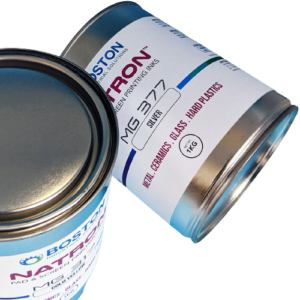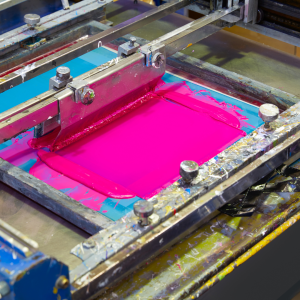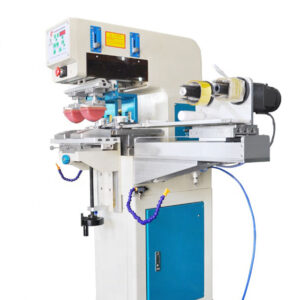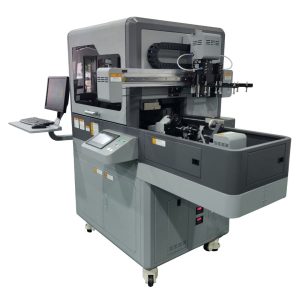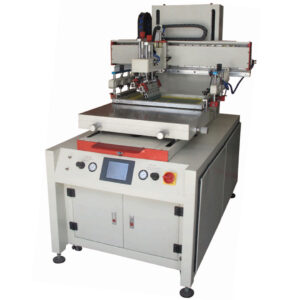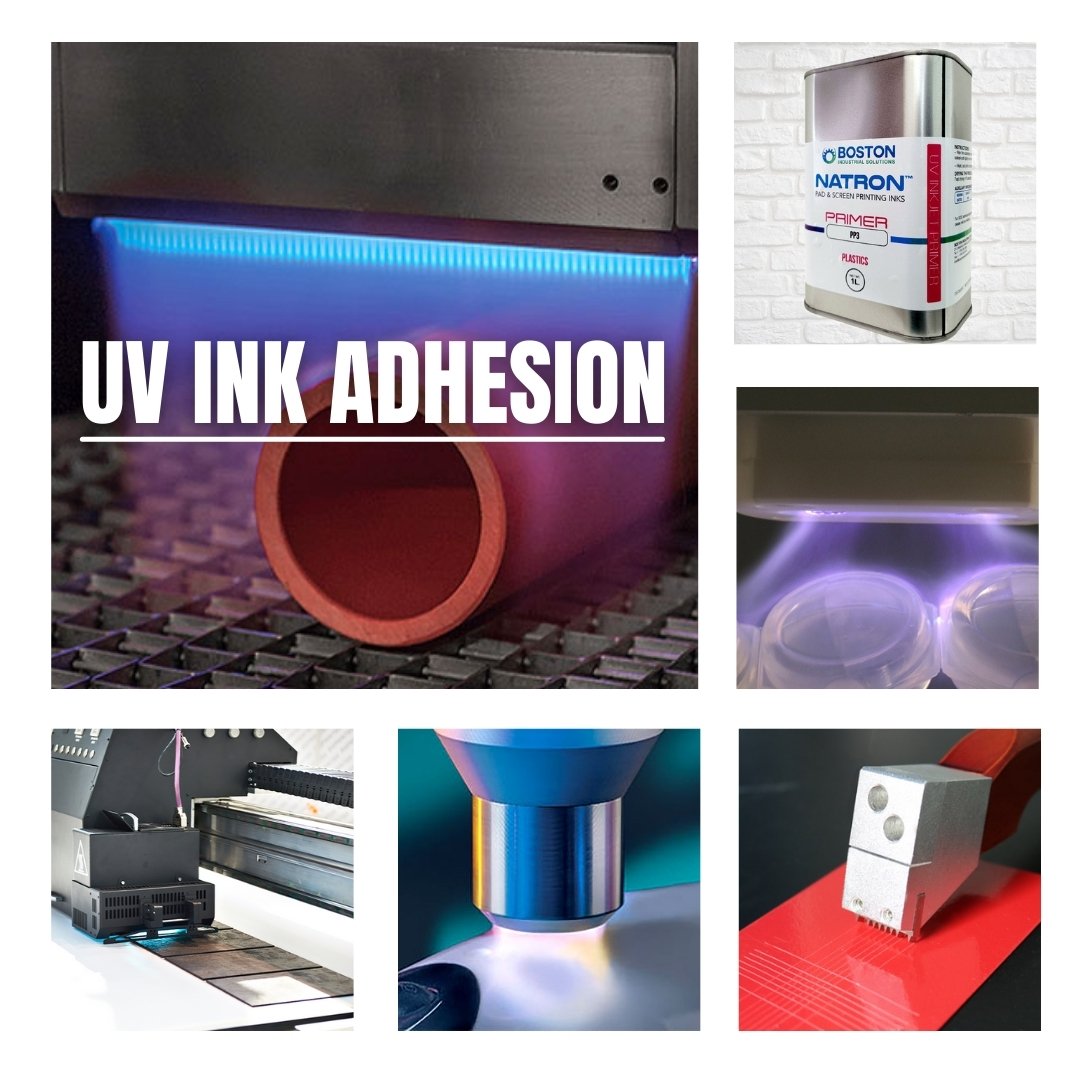UV Adhesion challenges
Surface pre-treatment methods
From experience, we know that cured UV ink does not mean good adhesion on a surface. Ink adhesion is affected by the type of surface and pretreatment used. Let us explore surface treatment methods to aid with UV ink adhesion. Before printing on any substrate, always make sure that you operate at an optimal temperature of 25 °C–30 °C. Also, make sure the UV lamp glass is clean.
Ink adhesion promoter
Ink adhesion promoters, also known as primers or adhesive promoters, are easy to use on substrates. Wipe on the substrates to apply these adhesive primers. Key advantages include cost, simplicity, and ease of use; most importantly, they are very effective. To use these primers, simply wet a lint-free cloth and wipe on the substrate. Wait for 2–10 minutes and then print.
Below are the best UV adhesion promoters.
- – Natron G1 UV inkjet primer for tritan, glass, tiles, and ceramics.
- – Natron M87 UV primer primer for stainless steel, metals, and powder-coated metals
- – Natron PP Polypropylene adhesive primer for use on difficult-to-bond, low surface energy plastics and rubber. If you want to print on rubber, this is the only primer that works. Period!
- – Natron PP3 for UV printing on plastics
When using these primers, it is important to make sure operators apply the primer the same way—the application process is manual. Additionally, it is important to use primers in a well ventilated environment, use PPE, and always observe good manufacturing processes.
Learn how to apply Natron G1 UV primer for glass.
Pretreatment Systems for Digital Printing
To solve UV adhesion challenges you need a pre-treatment system. Pretreatment Systems for Digital Printing offer speed and consistency, especially for high volume production environments. Additionally, these systems are great because they increase output and reduce waste. There are some systems that use chemicals to coat substrates such as glass. Other systems use pyrosil and flame treatment to aid UV ink adhesion. These systems are perfect for high-volume industrial applications such as glass printing. Learn more about improving UV ink adhesion with primers.
Jettable ink primer
Jettable primer is printed on the substrate like other colored UV inks. Read about priming is the solution.
Pretreatment Systems for Digital Printing offer speed and consistency, especially for high volume production environments. Additionally, these systems are great because they increase output and reduce waste. There are some systems that use chemicals to coat substrates such as glass. Other systems use pyrosil and flame treatment to aid UV ink adhesion. These systems are perfect for high-volume industrial applications such as glass printing.
JP254 Jettable primers are printed on the substrate like other colored UV inks. These types of primers get jetted through the print head on demand. This application method have many advantages because it is fast, consistent, and has the least amount of waste. The primer is simply applied where and when it is needed.
Testing for ink adhesion
There are several ways to test UV ink adhesion. These are industry standards, scientific, or real-application testing. An example of an industry standard is the ASTM tape test. The scientific way would be to use an RCA Abrasion Wear Tester. Real-application testing involves printing the product and exposing it to the elements that it would go through. For example, a pad printed textile care label would be washed over 50 times to gauge what the print looks like. Printed glassware would be put in a dishwasher to make sure that the ink can stand up to heat and moisture.
When doing ink testing, make sure you have printed samples labelled with some primer wiped or pretreated. Print the samples and do the testing. For more information about pad printing testing or ink application, please contact us.
Learn about pad printing supplies including ink cups for pad printing machines.


